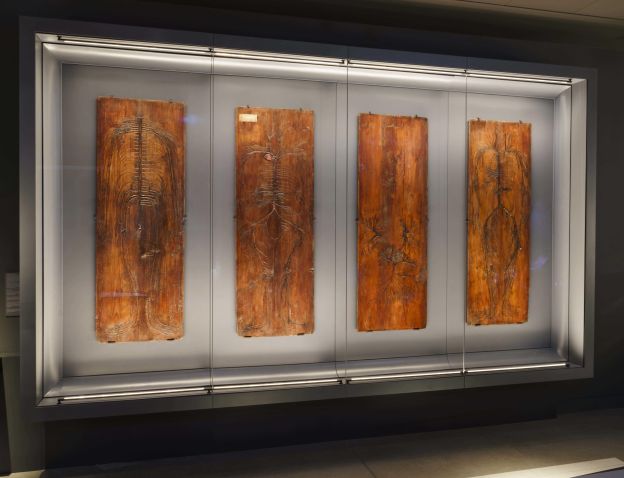Hunterian Revisited
A tour through London's finest glass jar emporium
Like many an aspiring doctor1, in my youth I undertook the pilgrimage to the Hunterian Museum at the Royal College of Surgeons, Lincoln’s Inn Fields. As London’s finest emporium of grisly things in jars, there was always plenty to entertain, and plenty to inflict on the squeamish. After a long-awaited revamp, delayed slightly by COVID, this Mecca of the medically inclined has reopened at last.
The museum originated as the private collection of John Hunter, an 18th Century eccentric and surgeon (tautology). On his death, it was acquired by the government and given to the Company of Surgeons, a body that was still clawing itself away from the image of bloody barbers poles and bodysnatching, and would shortly become the illustrious Royal College of Surgeons. Since its patron’s demise the collection has been collecting momentum and even more glass jars of pickles, like a snowball rolling downhill, aside from a small hiccup called World War II, in which a sizeable portion was destroyed.

The Evelyn Tables
Anatomical preparations fixed to wooden boards, dating from the 17th Century in Padua. Credit: RCS England.
One of the first exhibits, is also perhaps the finest. The Evelyn Tables are a collection of anatomical dissections fixed to wooden boards, separated by system. Anyone who has even tangential experience at disassembling the human body2 will be absolutely taken away at the care and skill involved in their creation.
The journey moves swiftly on to the corridor of gherkins (or anatomical specimens if you want to be correct about things), which sits at the centre of the collection. During Hunter’s time the field of comparative anatomy3 was a core subject for the aspiring physician/surgeon, and its shown by the breadth of specimens on display.
One of the commonly known facts about John Hunter was his penchant for self-experimentation, euphemistically called ’evidence-based medicine’ in one of the exhibits. This appears to culminate in inoculating himself with gonorrhoea and syphilis in an attempt to prove they were the same thing (he was wrong). As a nod to his quest for the truth, an entire display is made up of variously diseased and shrivelled phalluses, which while educational, is also enough to induce a sympathetic wince.
Like any display of human cadavers, it is not without controversy (cough Body Worlds cough). Prior to the refurbishment the skeleton of Charles Byrne sat centrally in the collection. However, Charles, who had a form of gigantism, expressly did not want to be exhibited after his death; but his wishes were ignored, and his remains were ‘acquired’ by Hunter. Out of partial deference, his remains are no longer on display, but are still retained by the College.
Also raising eyebrows are the collection of human skulls, which the accompanying plaque describes as part of Hunter’s ethnographic studies. This slightly glosses over that the studies he was performing were to try and identify evidence for caucasians superiority.
Despite this the refurbishment feels well done, and the Hunterian Museum remains a fascinating excursion for the grisly-inclined, once again taking its spot in the roles of medically-inclined museums of London.